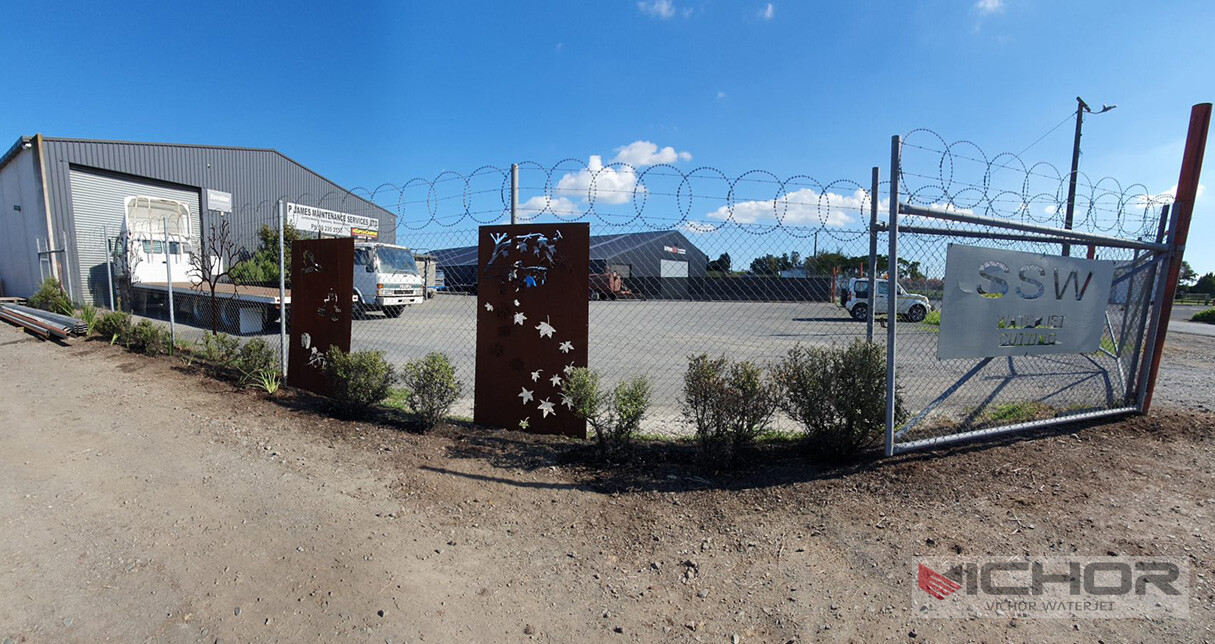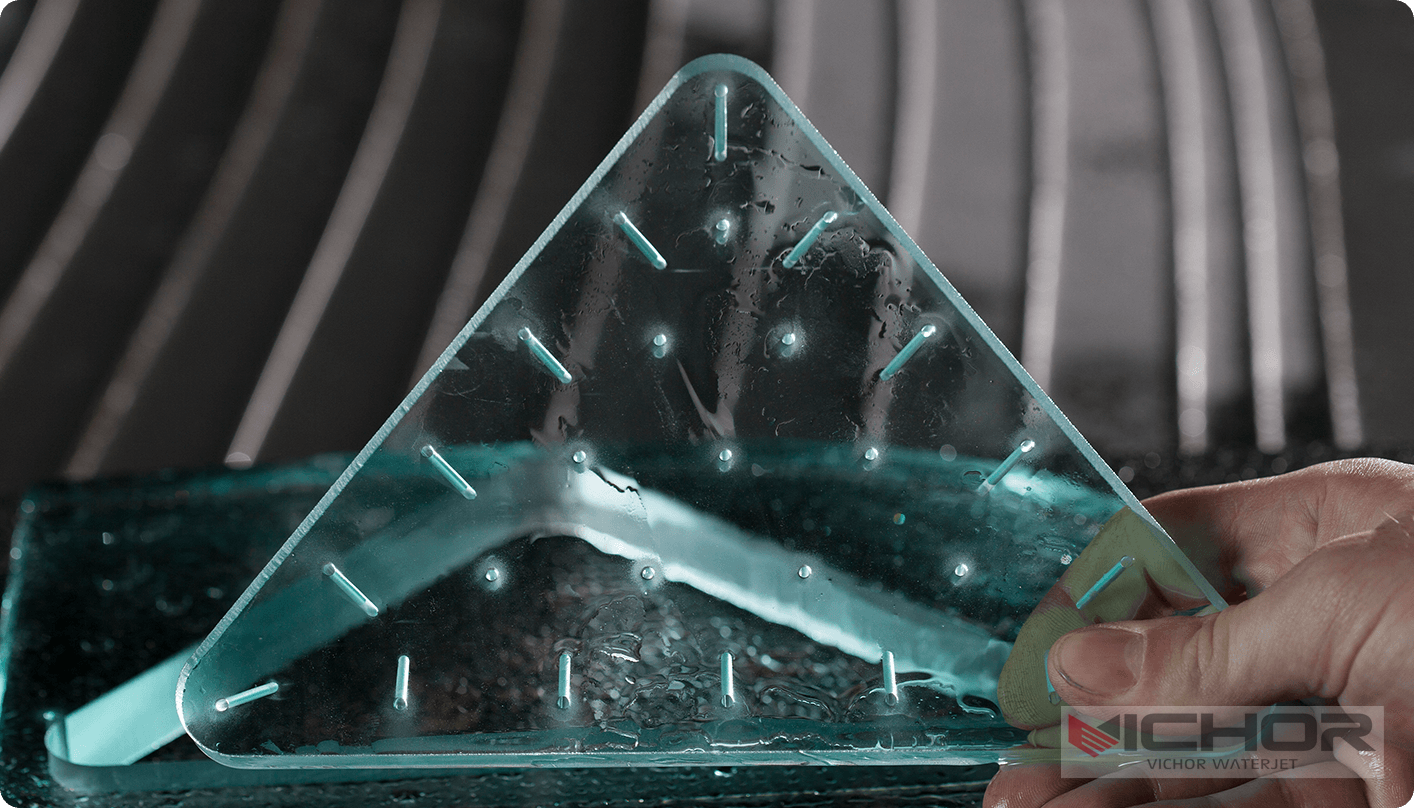
5 Critical Factors That Determine Your Water Jet Cutting Price Per Inch
When considering water jet cutting for your manufacturing or fabrication project, one of the most common and practical questions is: “What is the water jet cutting price per inch?” This metric is a standard way to quote and understand the cost of this precise and versatile cutting method. However, the final price is rarely a simple flat rate. It is a variable figure, influenced by a complex interplay of factors including material type, thickness, complexity of the cut, and operational overhead. Understanding these elements is crucial for accurate budgeting, comparing quotes, and ultimately, justifying the investment. This comprehensive guide will break down the five primary factors that determine the water jet cutting price per inch, empowering you to make informed financial and technical decisions for your business.
Factor 1: Material Type and Thickness
The most significant variable affecting the water jet cutting price per inch is the material being cut. Water jets can slice through a vast array of materials, but each presents unique challenges that influence cost.
Material Hardness: Softer materials like rubber, foam, or soft plastics are cut using a pure water jet (without abrasive). This process is faster and consumes less energy and abrasive, resulting in a lower water jet cutting price per inch. Conversely, hard materials like stone, titanium, tool steel, or ceramics require an abrasive garnet mixed into the water stream. This consumes abrasive rapidly and often requires slower cutting speeds to ensure accuracy, driving the price up significantly. For instance, cutting a inch-thick titanium plate will be far more expensive per inch than cutting the same thickness of foam.
Material Thickness: Thickness is directly proportional to cost. A thicker material requires the jet to spend more time cutting through it. The machine must slow down to maintain edge quality and accuracy through the entire depth. This increased cutting time means higher machine time costs and greater consumption of water, electricity, and abrasive. Therefore, the water jet cutting price per inch for a 2-inch thick granite slab will be higher than for a 0.5-inch thick piece of the same granite.
Factor 2: Complexity of the Cut and Tolerances
Not all inches of cutting are created equal. A straight line is far less expensive to cut than a complex, intricate shape with tight corners and details. This complexity directly impacts the water jet cutting price per inch.
Intricate Designs and Sharp Corners: Cutting complex patterns, sharp angles, or very small radii requires the machine to slow down considerably. Rapid changes in direction at high speed can compromise accuracy and edge quality. To execute a detailed design perfectly, the machine’s feed rate is reduced, increasing the total time spent cutting and thus the cost.
Tolerances and Required Precision: Standard cutting tolerances might be around ±0.005 inches to ±0.010 inches. If your project demands ultra-tight tolerances (e.g., ±0.002 inches), the process becomes more expensive. Achieving this level of precision requires slower cutting speeds, more frequent nozzle changes, and potentially more advanced (and costly) machine calibration. This meticulous approach increases the time and effort per job, raising the water jet cutting price per inch.
Factor 3: Operational and Consumable Costs
The water jet cutting price per inch must account for the significant operational expenses required to run the machinery. These are often hidden costs that suppliers factor into their quotes.
Abrasive Consumption: For cutting hard materials, garnet abrasive is the largest consumable cost. A high-pressure water jet system can use between 0.8 to 1.5 pounds of abrasive per minute. The price of garnet can fluctuate based on market availability and quality. This ongoing cost is a major component of the per-inch price for abrasive cutting.
Energy and Water Usage: Water jet pumps, especially intensifier pumps, are powerful and consume substantial electricity. The cost of power to run a 100-horsepower pump can be considerable over time. Furthermore, while water is often recycled in closed-loop systems, there are still costs associated with water purification, pump maintenance, and disposal.
Nozzle and Component Wear: The cutting process causes wear on essential components like the orifice (typically made of diamond or sapphire) and the mixing tube (made of tungsten carbide or ceramic). These parts have a finite lifespan and require regular replacement. Their cost is amortized into the pricing structure of every job.
Factor 4: Volume of the Order and Setup Time
The economics of scale apply directly to water jet cutting. The total volume of your order and the associated setup time have a profound impact on the average water jet cutting price per inch.
Setup and Programming Time: Every job requires initial setup, which includes securing the material to the cutting table, programming the CNC machine with the correct cutting path, and performing test runs if necessary. This setup time is a fixed cost. For a small job with only a few inches of cutting, this fixed cost is spread over a small area, making the water jet cutting price per inch relatively high. For a large production run with thousands of inches of cutting, the same setup cost is distributed across a much larger output, drastically reducing the cost per inch.
Nesting Efficiency: For larger orders, operators can use software to “nest” parts—arranging the cutting patterns in the most material-efficient way possible. This minimizes waste and maximizes the number of parts cut per sheet of material. This efficiency in material usage and machine runtime allows suppliers to offer a lower water jet cutting price per inch for high-volume orders.
Factor 5: Secondary Operations and Finishing
The base water jet cutting price per inch typically covers the cutting process itself. However, many projects require additional post-cutting operations, which will add to the total cost.
Edge Quality and Finish: A standard water jet cut leaves a matte, slightly textured edge. For many applications, this is perfectly acceptable. However, if a smoother, polished, or bevelled edge is required, secondary finishing processes such as sanding, polishing, or grinding are necessary. These add labor, time, and equipment costs to the project.
Deburring and Cleaning: Some materials may develop a slight burr on the bottom edge of the cut (the “breakout” side). Removing this burr is an extra step. Additionally, abrasive cutting can leave a residue on the part, requiring cleaning before it can be shipped or assembled. These value-added services are crucial to consider when evaluating the total cost beyond the simple water jet cutting price per inch.
How to Get an Accurate Quote and Save Money
Understanding these factors allows you to be a more informed customer. When requesting a quote for services, provide as much detail as possible:
Material Specification: Precisely identify the type, grade, and thickness of the material.
Technical Drawings: Provide clear CAD files (e.g., DXF or DWG) that detail the desired cuts, including tolerances.
Quantity: Specify the number of parts needed.
Finishing Requirements: State any needed secondary operations upfront.
To reduce the overall water jet cutting price per inch, consider consolidating projects to create larger orders, choosing a material grade that meets but does not exceed your requirements, and designing parts with slightly larger radii to allow for faster cutting speeds.
The question of water jet cutting price per inch does not have a single, straightforward answer. It is a dynamic calculation based on the intricate relationship between material properties, design complexity, operational overhead, order volume, and finishing needs. By delving into these five critical factors, you can move beyond simply comparing bottom-line numbers. You gain the insight to understand why prices vary between suppliers and projects, enabling you to optimize your designs for cost-efficiency, ask the right questions, and ultimately, secure the best possible value for your investment in water jet cutting technology. This knowledge is power, transforming a simple cost metric into a tool for strategic decision-making.
continue reading
Related Posts
- 1461 words7.4 min read



